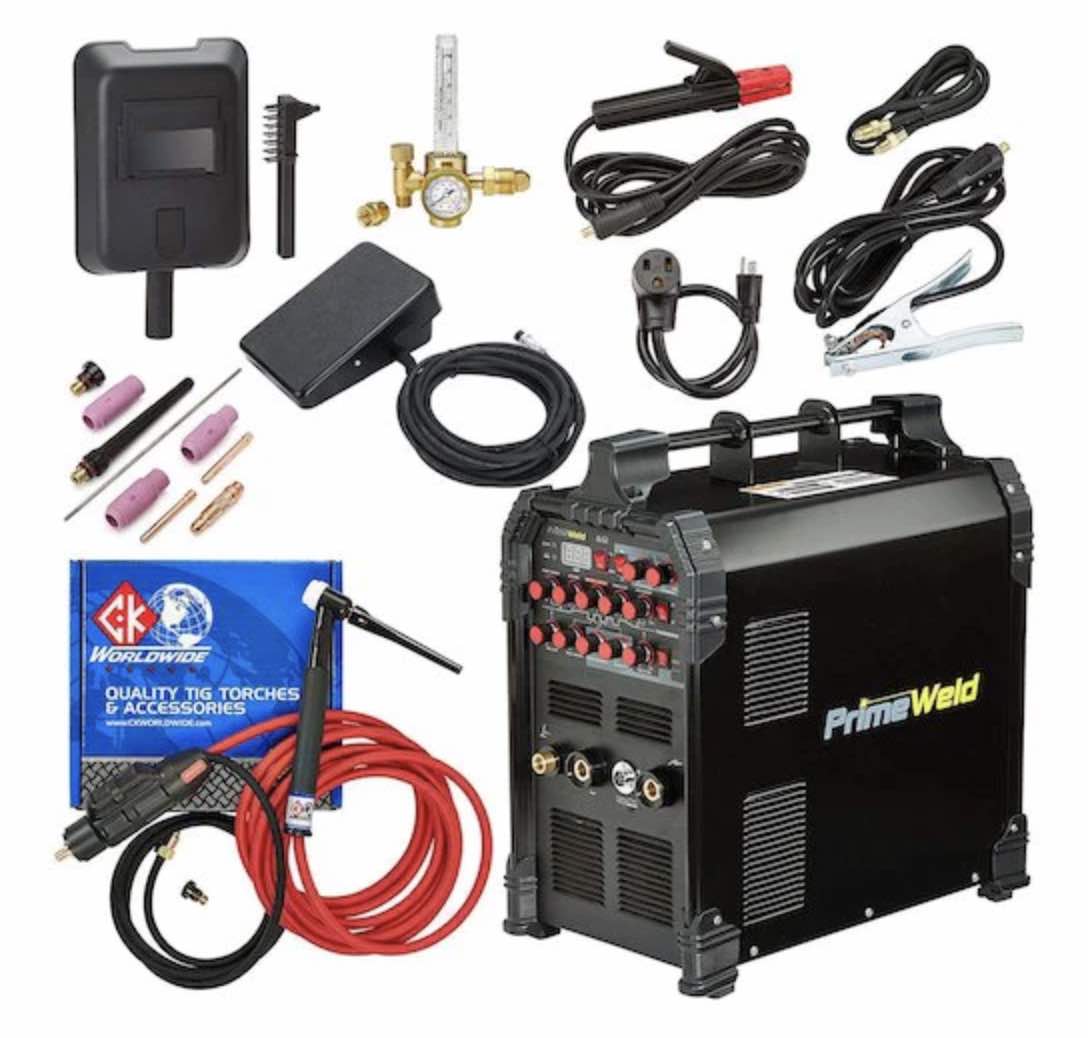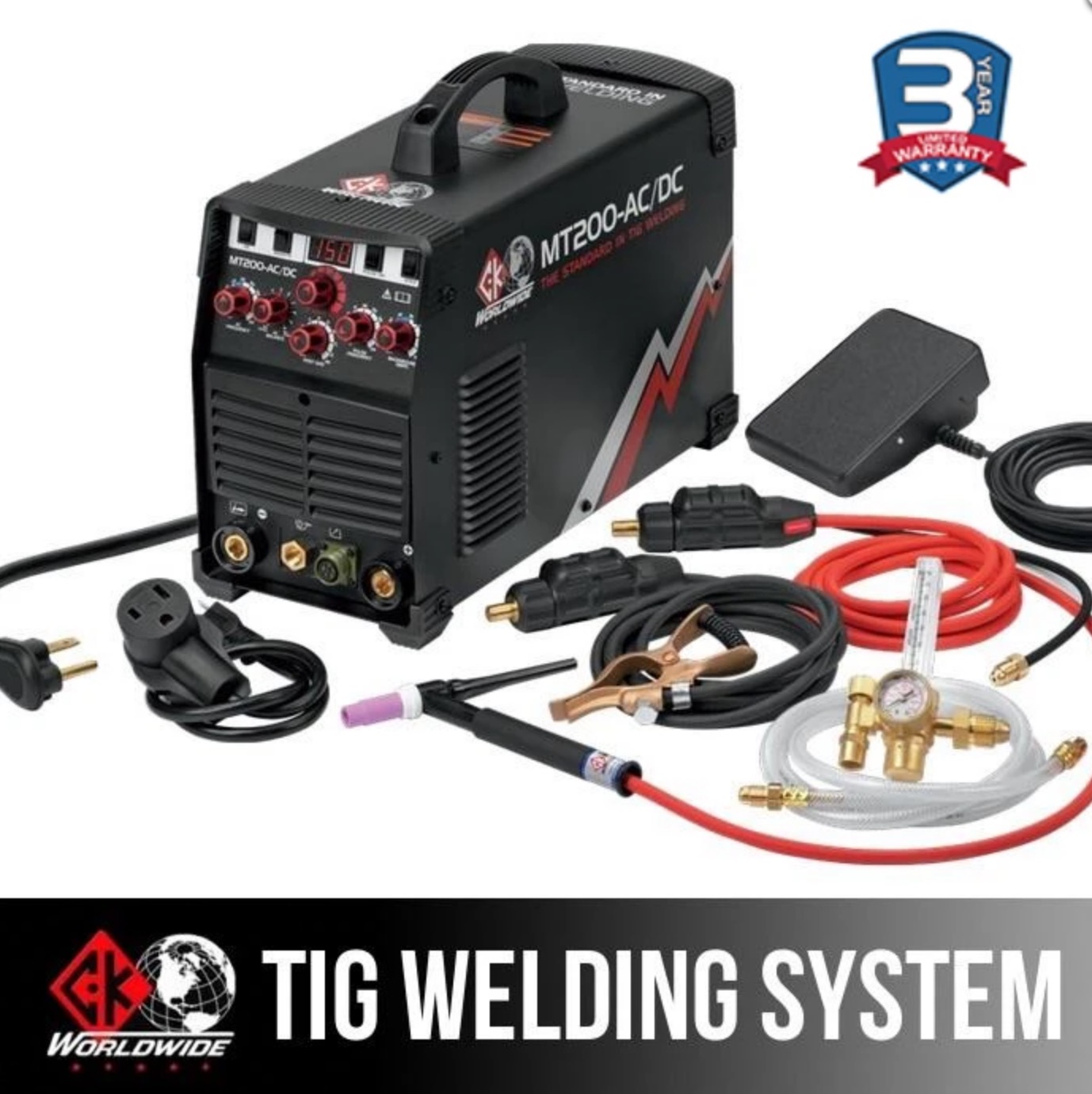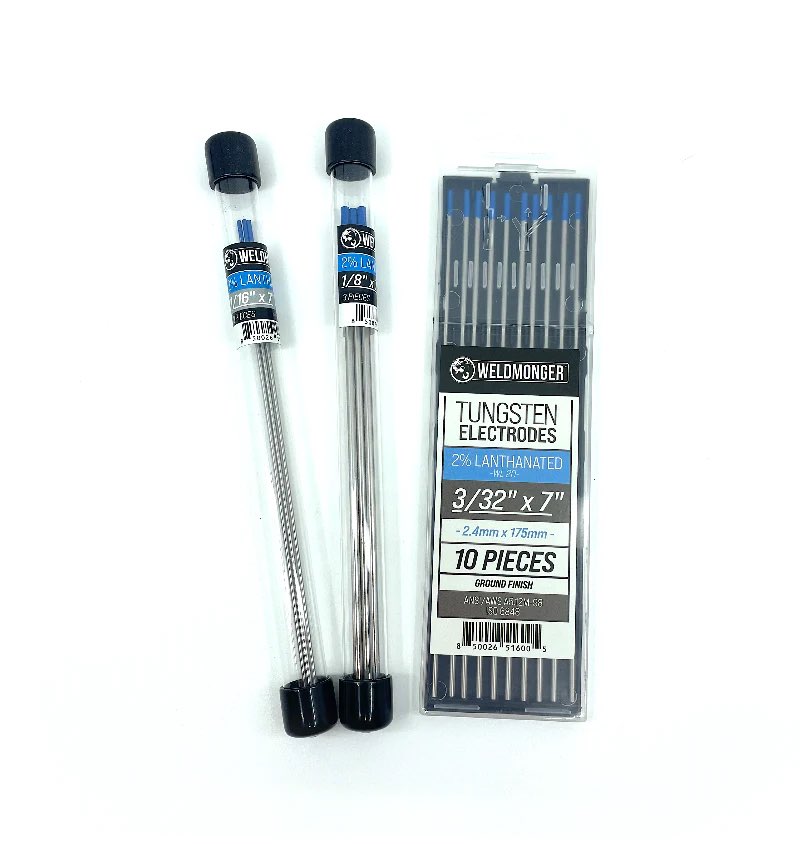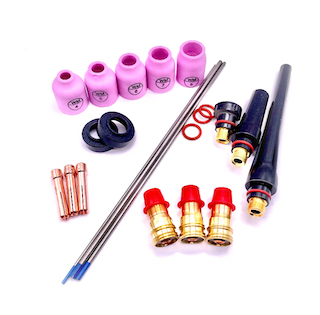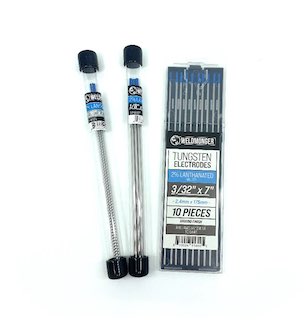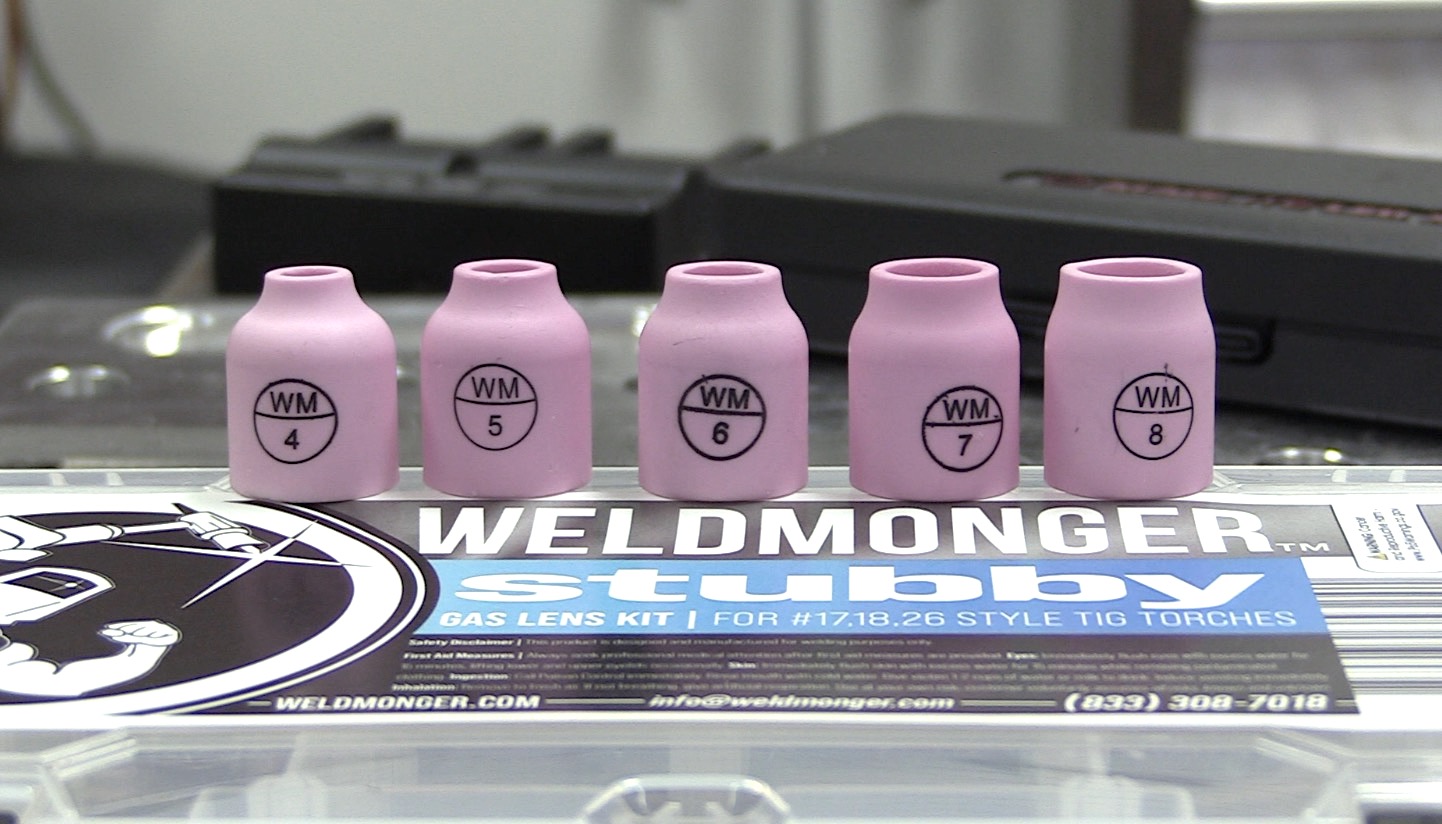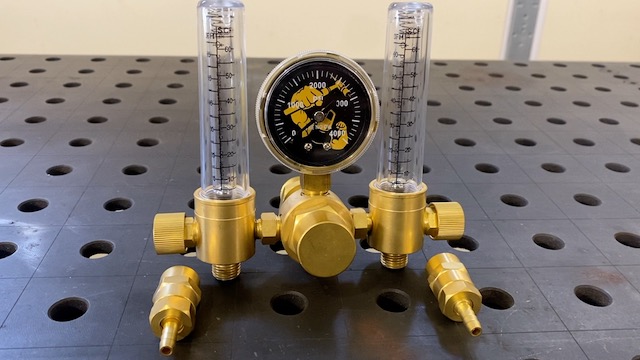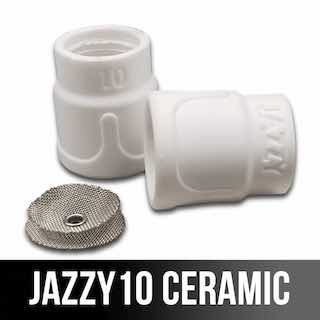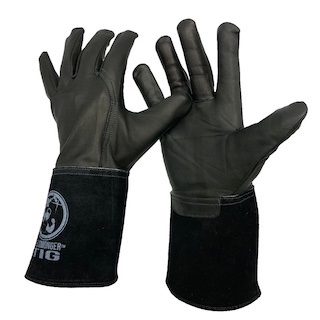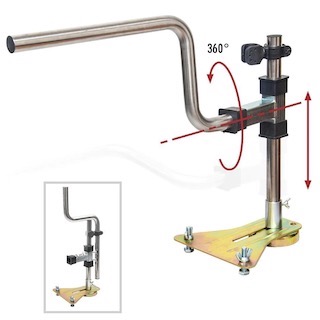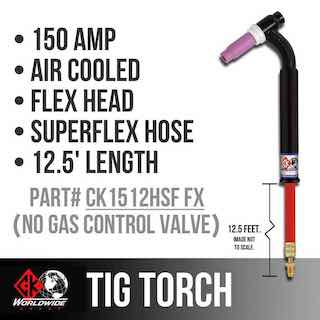Gas Tungsten Arc Welding (GTAW) is the AWS Term for TIG and Heliarc
- HOME
- TIG WELDING
- Gas Tungsten Arc Welding
Is GTAW the same as TIG welding?
Yes, GTAW and TIG are the same. Here is a brief history on how the name changed...
Gas Tungsten Arc Welding is currently the technically correct term for TIG. (according to the American Welding Society or AWS)
So then why does everyone still use the term TIG welding?
TIG Stands for Tungsten Inert Gas.
Before TIG, the welding industry called it "Heliarc" because when TIG was first invented helium was used until someone figured out that argon was a more versatile shielding gas. Since both argon and helium are inert gases, the name was changed from Heliarc to TIG.
Along the way someone also figured out that small additions of hydrogen gas or other mixtures worked well for certain applications.
Since the "I" in TIG stands for Inert, and those other gases are not inert, the AWS adopted the term "gas tungsten arc welding" to be technically correct.
But since TIG rolls off the tongue better than "Gas Tungsten Arc Welding", TIG is used more often in normal everyday conversation.
If you are a welding student or professional welder that uses welding procedures, codes, specifications or other technical documents, you will likely see the proper terminology - Gas Tungsten Arc Welding or GTAW.
At least that is the way it is in the USA.
What the best Gas to use for gas tungsten arc welding?
100% pure Argon is the most common and the most versatile.
For Thick aluminum, a mixture of argon and helium is very helpful even though helium has become very expensive and not as readily available as it was in the past. Adding a helium tank with a Y valve is one way to add helium to the argon but premixed cylinders are also available.
Another gas used strictly for aluminum is called STARGON AL.
STARGON AL is a specialty gas from Praxair that uses small parts per million additions of nitric oxide and other gas to provide a more intense heat in the arc. STARGON AL is not quite as effective for TIG welding aluminum as argon/helium mixes but is more economical due to rising helium prices.
There are also special mixes of gas designed for stainless steel and nickel alloys but pure argon is still by far the most commonly used gas for tig welding.
What is the best tungsten for GTAW/ TIG welding?
We put together this tungsten bundle because 3/32" is the most versatile and most commonly used tungsten but you still need a few 1/16" and 1/8"..
you know what I mean???
There is not a single best tungsten type that is the best for every application but there are a few tungsten types that work well as an all purpose tungsten for both AC and DC tig welding.
2% lanthanated is a great choice for all around TIG welding on both aluminum and steels.
LaYZr from Ck worldwide or E3 purple tungsten also work well as an all purpose tungsten.
2% Ceriated works well at low to mid range amps and stays sharp well on DC but does not have a high amperage range for AC.
2% thoriated is still the most popular for DC welding even though there are some concerns about radiation
What are the disadvantages of gas tungsten arc welding?
Gas Tungsten Arc Welding (gtaw) TIG welding requires clean metal whereas other welding processes like Stick welding and Flux Core welding can tolerate impurities a lot better.
TIG welding is often slower than other processes but not always.
Not too many years ago, the equipment needed for TIG welding was expensive and choices were limited to just a few brands if you wanted something decent.
Today, you can get a good TIG welder for under $1000.
In my opinion, the primeweld 225 is one of the best choices in affordable tig welders.
The problem with most other really affordable tig welders is usually a really cheap foot pedal and TIG torch. Primeweld went to extra expense to include a genuine CK17 torch with superflex hose along with a very smooth SSC style foot pedal.
A high quality CK dinse adapter is also included so that you can easily swap out a tig torch or cable when the time comes.
Primeweld also has a responsive primeweld equipment users group on facebook and also has demonstrated great customer support
Watch some more primeweld videos and you will see what I mean.


